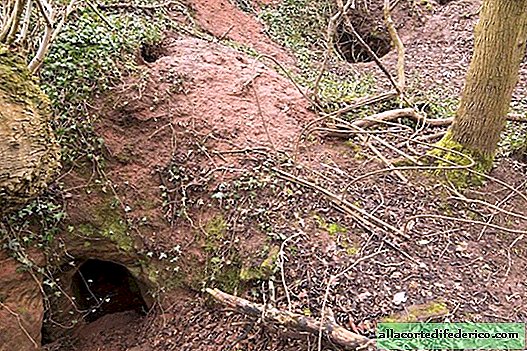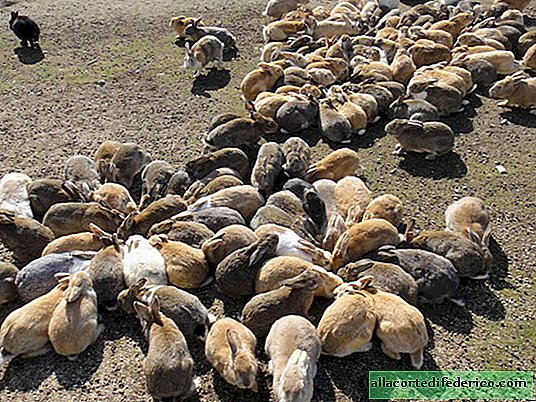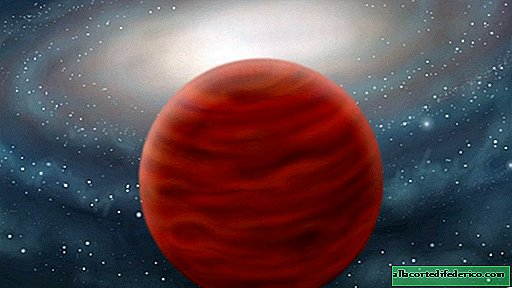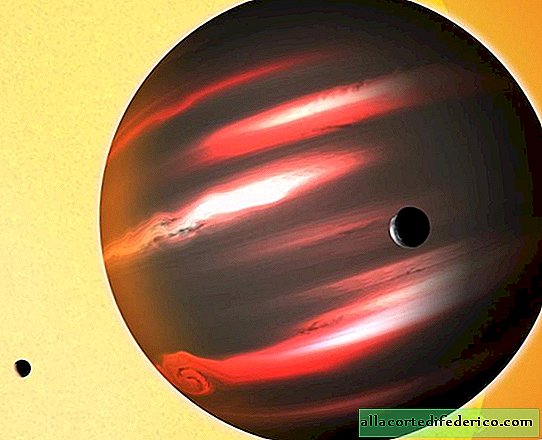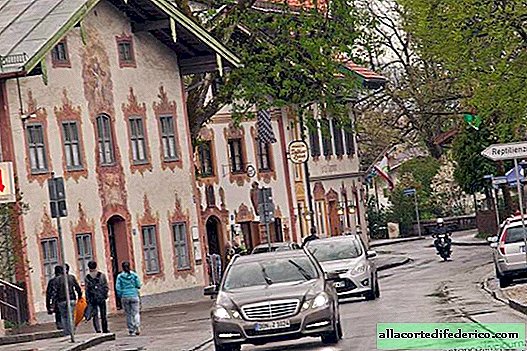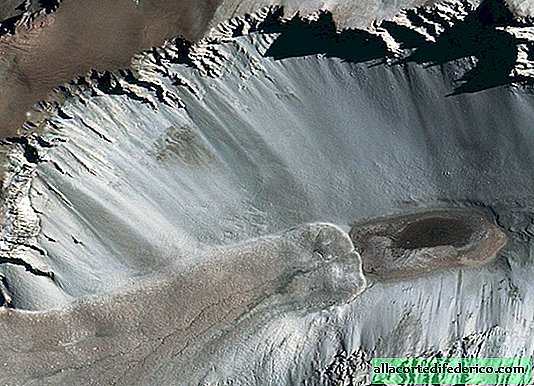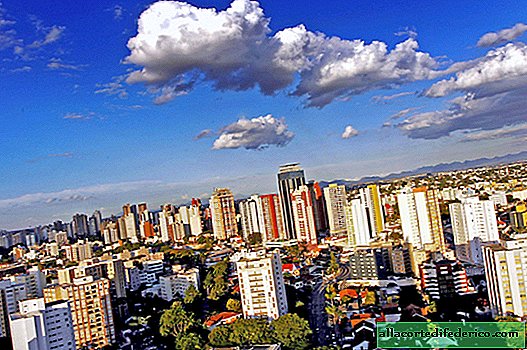23 fantastic pictures of uninhabited islands
The population of our planet is constantly increasing. You must admit that 7 billion people are a serious amount. Sometimes it seems that they are everywhere and in the world there are no more secluded corners where a person with his restless manner could not get to change, redraw, "improve", master and adjust to himself. At such moments, you involuntarily think about escaping to an uninhabited island, where, finally, among the virgin nature and absolute silence, you will find the long-awaited peace.
We want to please you: there are still quite a lot of places on Earth. We have compiled a list of the brightest of them.
Tindhelmur. One of the islands of the Faroe archipelago. A view of the cliffs of the island is depicted on the 200-kroon banknote of the Faroe Islands.
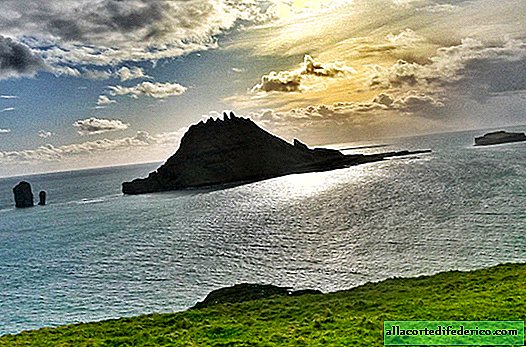
There is no permanent population, but archaeologists believe that people used to live here.

Okunoshima is a small island in the Inland Sea of Japan. Its unofficial name is “Rabbit Island,” because the island is currently occupied by rabbits, although they are not native to the island. Not a single person lives here, because from 1929 to 1945, the chemical plant of the Japanese Imperial Army was based on the island.

In 1925, the Imperial Army Institute of Science and Technology announced the development of chemical weapons. The creation of the plant was so secret that the island was removed from the maps.

In 1971, a group of schoolchildren released eight rabbits on an absolutely lifeless island, subsequently they bred to a huge number. So the rabbits got their possession of the whole island, where they live beautifully and multiply fruitfully.

Sable is a small Canadian island located in the North Atlantic Ocean, 180 km southeast of Nova Scotia. Five people live on the island - the staff of the weather station.

The island is famous as the "cemetery of the Atlantic", since about 350 shipwrecks were registered near it. Navigation in the coastal waters of the island is complicated by the presence of two oncoming currents - the warm Gulf Stream and the cold Labrador Current, generating whirlpools. Also, thanks to these currents, the island moves at a speed of 200 m per year, which can also be the cause of navigational errors. Since 1920, only two people were born on Sable Island.

The horses of the island were depicted on Canadian 2005 stamps and coins.

Boll Pyramid or Bols-Piramid, Australia. It rises to 562 m, and its size at the base is approximately 200 m.

This pyramid is all that remains of an ancient volcano, the eruption of which occurred 7 million years ago. Today, the island has become home to rare insects.

Devon Island in Canada. The largest uninhabited island of the planet. It belongs to the Canadian Arctic Archipelago. The island has an impact crater Khoton, formed about 39 million years ago as a result of a meteorite fall.

According to scientists, the diameter of the fallen celestial body was about 2 km, and the diameter of the funnel formed as a result of the impact was 24 km. Millions of years ago, a funnel was filled with water and there was a lake in this place.

Now it is a testing ground for Mars rovers; here, the living and working conditions on Mars are modeled.

The largest uninhabited island in the Pacific Ocean is Cocos.

According to popular legends, Inca gold is hidden on Coconut, which no one has yet found.

In addition to the classic representatives of the tropical fauna, there are many deer, pigs, cats and rats introduced by Europeans.

Champ is the southernmost island of the Zichy island group of the Franz Josef Land archipelago. The island is famous for its spherical large stones - spherulites, which are scattered throughout the coast of the island.

The exact origin of the stones is unknown.

The Auckland Islands are located south of New Zealand, in cold latitudes, where icy winds are raging, reaching special power due to the absence of any obstacles. This cramped archipelago was formed millions of years ago from several dormant volcanoes.

Here, the meager remains of the alleged settlement of about the 13th century were found.

In the XIX century, several attempts were made to populate the island, but all of them lasted no more than a couple of years. Since the only meteorological station was removed from here, the islands have remained completely uninhabited.

Known as the "last wild island of the planet," the island of Tetepare has remained uninhabited since the middle of the 19th century, when its indigenous people moved to neighboring islands due to the threat of invasion by slave traders.

Since 2002, the island has been under the supervision of a state organization that seeks to protect it as much as possible from possible settlement in order to preserve the untouched nature for future generations.


